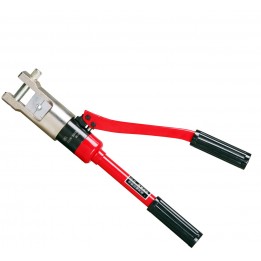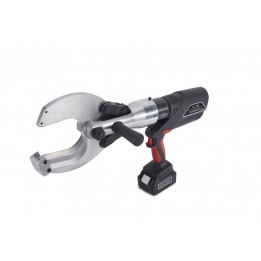Enhancement of crimping tool manufacture and its Process
From the most basic crimping tool manufacturer Plug to the most complicated automobile receptacle, the electromagnetic coupling is the most critical component of any connection. It is critical that a contact be properly ended in order to deliver the highest possible performance.
For most connection usage, the user must choose between crimping and soldering. Crimping has been popular since the middle of the twentieth century, and it provides numerous significant benefits to the user.
A good crimp terminating balances conductivities with
a dependable mechanical joint. To avoid damage during usage, the termination
must give the lowest feasible electrical resistance while maintaining the
maximum possible durability.
Crimp terminals require specific tooling that is meant
to be simple to use. Hand tools may be utilised in both the field and the
workshop cordless
cable cutter, making them perfect for operators who must operate in
challenging situations. Squeezing, unlike solder junctions, does not
necessitate extreme heat or potentially harmful chemicals, making it a perfect
choice for contained or difficult-to-reach areas.
The cable wire is crushed within the crimp termination
to offer the optimum physical properties. The crimping procedure deforms the
wire threads, resulting in a gas-tight junction. This not only provides the
most surface area for electrochemical reaction, but it also keeps oxygen and
humidity from accessing the metal of the wire and termination, lowering the
likelihood of corrosion.
Inadequate pressure during most of the crimping
procedure will not result in a pressure seal. This signifies that the joint's
electrical properties is higher than expected, making it less efficient. This
might be problematic, specifically if the terminal is utilised for power
circuits. When assessment is sent through a terminal with a high electrical
reluctance, it will create excessive heat. In severe cases, this may surpass
the connector's safe operating temperature, resulting everything from plastic
parts breaking to a potential cause of fire.
For more Information :- https://www.duckcrimper.com




.jpg)
Comments
Post a Comment